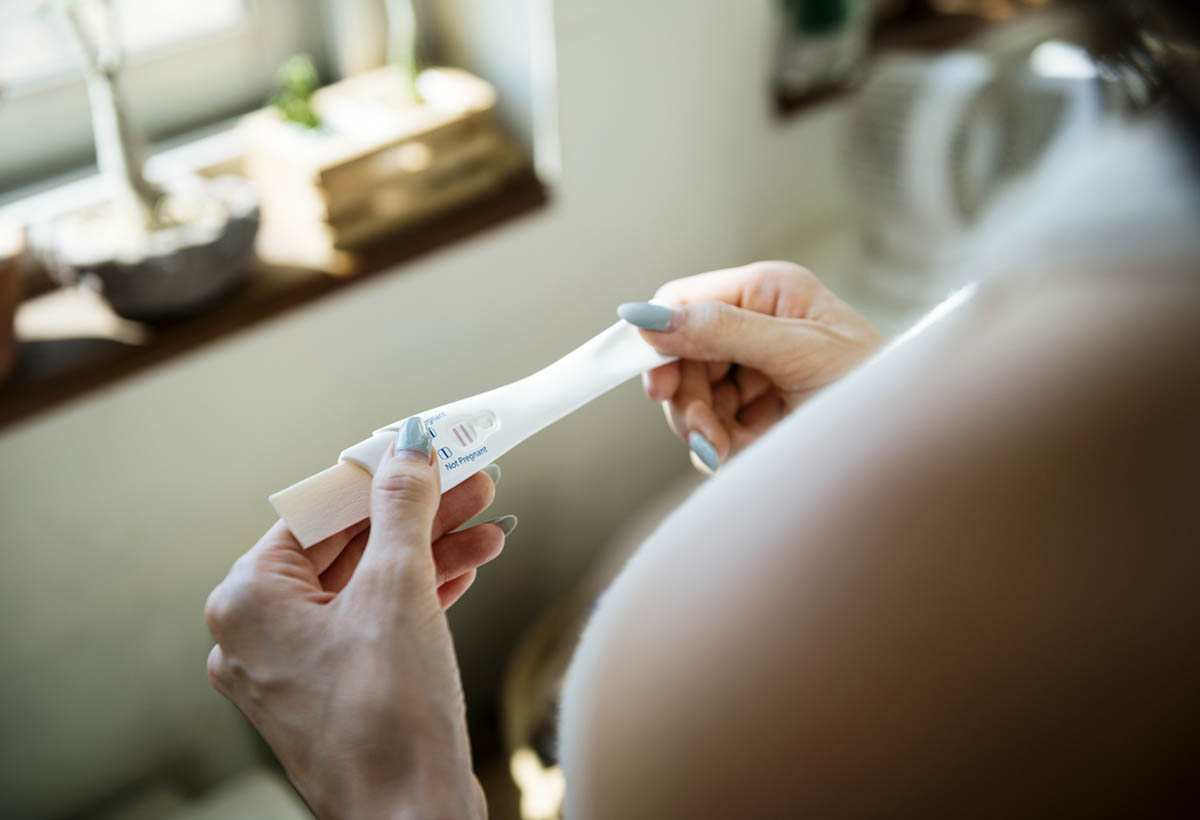Table of Contents
If you have made it this far, you have a lot more knowledge about the menstrual cycle than most women do. You can apply this knowledge whether you want to get pregnant or not.

Do you want to get pregnant? You can use one of the four methods mentioned in the last section to give you information about your fertile window. The fertile window, which culminates in ovulation itself, lasts for around six days. The fertile window starts before ovulation does because sperm can survive within the female reproductive system for that long!
Couples who engage in regular sexual intercourse, every two or three days throughout the menstrual cycle, can be sure to get pregnant quite soon if neither partner has fertility problems. If you wish to be a little more proactive, which many women who are trying to conceive do, you can use one of the following methods to gain information about your fertile window:
-
Ovulation tests or ovulation predictor kits. These detect that LH surge and tell you that NOW is the time to get active. You can start using ovulation tests seven days after the first day of your menstrual flow and be quite certain that you will catch your ovulation.
-
Fertility charting. This method will require you to take your basal body temperature each day. The basal body temperature is the lowest temperature attained during rest — in other words, while you sleep! Women who are charting their fertility will need to set their alarm at the same time in the early morning every day, take their temperature, and write it down.
-
Cervical mucus. Your cervical mucus alone is quite a reliable indicator of where in your cycle you are. Fertile cervical mucus, which you will notice during the days before ovulation and on the day itself, is clear in color and stretchy. During the luteal phase, cervical mucus will become thicker and white — this new structure prevents sperm from getting through.
-
Ovulation pain. Around 20 percent of all ovulating women will feel a slight pain on one side (in the ovary that is releasing the egg that month). If you are one of them, ovulation pain can be a reliable sign that you are fertile.
-
An ovulation calendar. This is a simple tool that mathematically calculates on which day you are most likely to ovulate. I'll link to an ovulation calendar in the link box below. To use an ovulation calendar, you will need to know the average length of your menstrual cycles and the date of your last menstrual period. If you do not know the length of your luteal phase, you can enter 14 days, since this is the most likely length of any woman's luteal phase.
Women who do not want to get pregnant actually have more to look at than those who do want to conceive. If you know your menstrual cycle intimately (by using either ovulation tests or fertility charting), you may like to use natural family planning to avoid conception. In this method, you do not have intercourse on the days that are part of your fertile window. The surest bet is to only have intercourse during the luteal phase.
Natural family planning can have a failure rate of as low as two percent, when used correctly. You may, however, prefer to err on the side of caution by using an additional birth control method:
-
Hormonal contraceptive methods like the pill, NuvaRing, and Depo Provera work doubly, both by preventing ovulation and by preventing implantation in the event an egg does slip by — because these methods affect the uterine lining.
-
Condoms trap sperm in, thus making fertilization impossible. They are the only method that also prevents sexually transmitted diseases.
-
Non-hormonal intrauterine devices (IUDs) prevent implantation by interfering with the uterine lining. They do not prevent ovulation, and are thus not the right choice for some people, who object to them for religious or personal reasons.
-
Permanent birth control methods like a tubal ligation, Adiana and Essure inserts, and the male vasectomy are meant to prevent pregnancy forever, in couples who are sure they do not want any more children.
- Photo courtesy of hammza on Flickr: www.flickr.com/photos/dhammza/5459115211/
- Photo courtesy of josefseibel on Flickr:http://www.flickr.com/photos/josefseibel/5537062003


Your thoughts on this